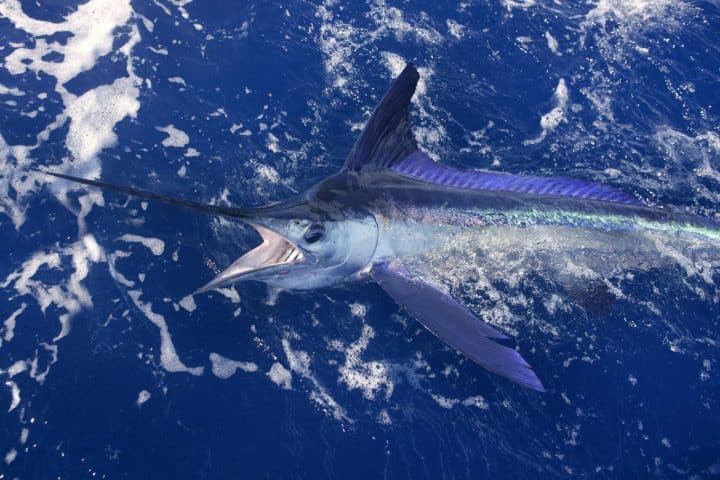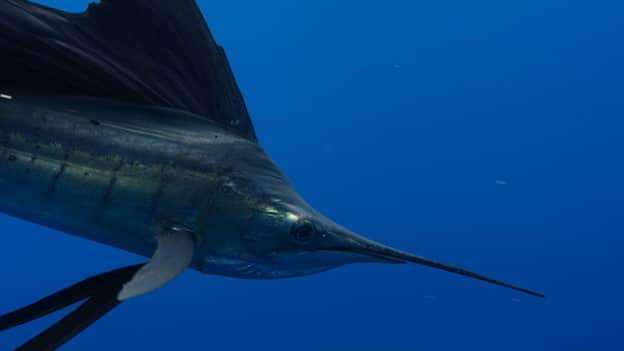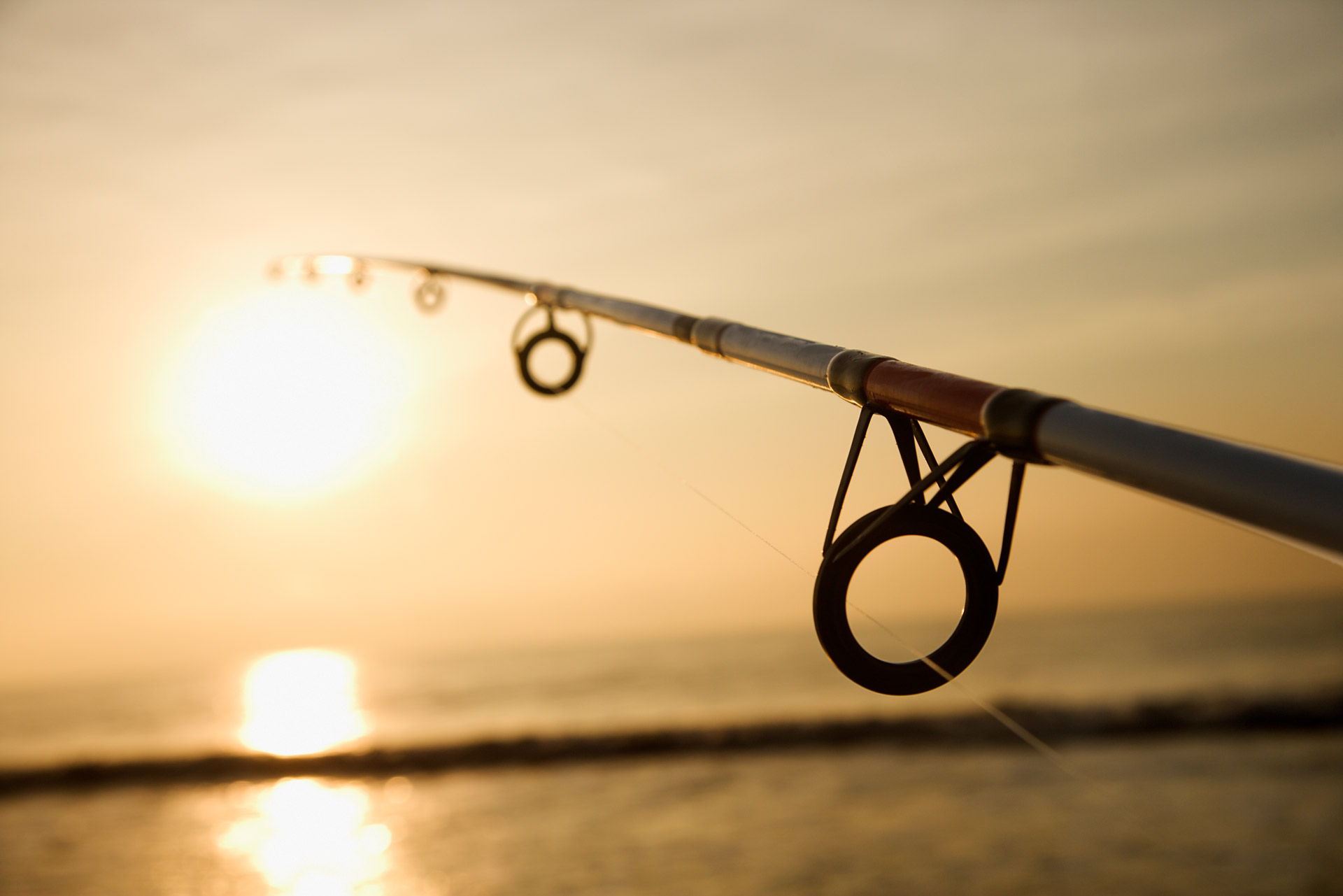Amazing Daytime Swordfish Catching Techniques: A Must-Read for Offshore Anglers

Catching swordfish is a bucket list accomplishment for serious offshore anglers, and for a good reason. The mighty swordfish are notorious for their brute strength, with their power and speed dominating other billfish like sailfish and marlin. Additionally, swordfish spend most of their time in extremely deep waters, especially during the daytime when they typically hide thousands of feet below the surface.
While pulling up a swordfish during the day is a major challenge, the right equipment and methods can make all the difference.
Gear
There’s no perfect setup for catching swordfish—the best swordfish rig depends on who you ask. Even if you have experience fighting large game fish, you might not be prepared for the incredible speed and power of a swordfish.
Something like a Fishing Rod and Reel - Telescoping Pen can be great for casual game fish angling, but swordfish are going to require your sturdiest reels, rods, and lines. On average, swordfish are around 9 feet in length and 400 pounds, and they can get much larger. Make sure your rig is up to the task! Everything from the rod length and action to your hooks and weights can play a role in your success (or lack thereof).
Because you’re usually going to be fishing 1,000+ feet below the surface, you’ll need to help the swordfish find your bait. Strobe lights are an ideal attractant, and make sure you have a variety of weights on hand to reach those deep waters.
Bait
Just like equipment, the best swordfish bait is largely a matter of preference (and trial and error). Bonito and Mahi bellies are among the most popular options. In particular, a fresh, well-rigged bonito strip delivers ideal action while also being durable and resilient enough to hold up to the fierce attacks that make swordfish elite predators and among the most desirable game fish.
Techniques

When hunting for swordfish during broad daylight, you’re going to need to employ some unique tactics to entice them. The methods you use will depend largely on the strength of the current.
Strong Current
If the current is moving 3+ knots, you may want to try using breakaway sinkers at various depths.
For the first line, attach a breakaway weight (or 10-12 pound lead) and your strobe light, sink it, and keep it within 100 feet of the ocean floor. For the second line, attach a 6-8 pound weight and strobe light. If you want to expand the scope of your coverage further, you can add buoy lines with short leaders and lighter weights,
Once your bait is in place, drive your boat against the current, making sure to move slower than the current—troll at roughly half the pace. For example, if the current is moving at 4 knots, maintain a speed of 2 knots. Next, reverse the boat and maintain the same pace against the current. Continue this back-and-forth motion to keep the bait moving.
Weak Current
In the past, hunting for swordfish during the day was considered to be virtually impossible, let alone with a weak current (or no current at all). However, the following method has proven to be quite effective.
With this technique, you’re going to rig your bait on a buoy rod. Because buoy rods utilize multiple lines at various depths, you’ll need to consider the depth of where you’re fishing when setting up. For example, if you’re trolling depths of 4,000 feet, you could set your deepest line around 1,800 feet and your shallowest at 800 feet, and then the rest between the two.
When your bait is in place, bump your boat forward to pull the lines upwards. When the boat slows, the bait moves back down. Repeat. This jerking motion keeps your bait moving while also allowing you to cover a significant amount of vertical territory.
The Bite and Fight
Once everything is in place, and you’ve got your bait moving, the waiting game begins. You’re going to need to keep a close eye on the tips of the rods, but don’t be fooled if they dip below the surface due to the rocking motion of the boat. It takes a keen eye to recognize the difference, so pay attention and take the opportunity to gain some experience for the future.
The bite of a swordfish is almost always a light, single or double tap or thump. Once it hits, how you approach the fight is largely a matter of your own personal preferences. Some anglers like to play a game of cat and mouse, pulling the bait up in quick, short bursts and then letting it drop after the fish strikes. The goal is to convince the swordfish that the bait has been killed and is ready for consumption.
Once the fish strikes, setting the hook is the tough part. While some anglers use the propulsion of the boat to bury the hook, continuous, forceful reeling should do the job. It’s common for swordfish to swim beneath the boat after the hook has been buried, so you may need to work your boat’s throttle aggressively, circling to keep the fish within safe distance until you’re ready to take a gaff shot (if you plan to harvest the fish).
Enjoy the Journey
In short, if you’re looking to catch your first fish, skip the swordfish unless you’re angling with serious professionals! Landing that elusive swordfish is an incredibly difficult feat that almost always requires years of experience, not to mention a whole lot of luck. Try not to get discouraged, and make it a point to learn from every trip and update your strategies accordingly. Enjoy the journey, and keep at it.



